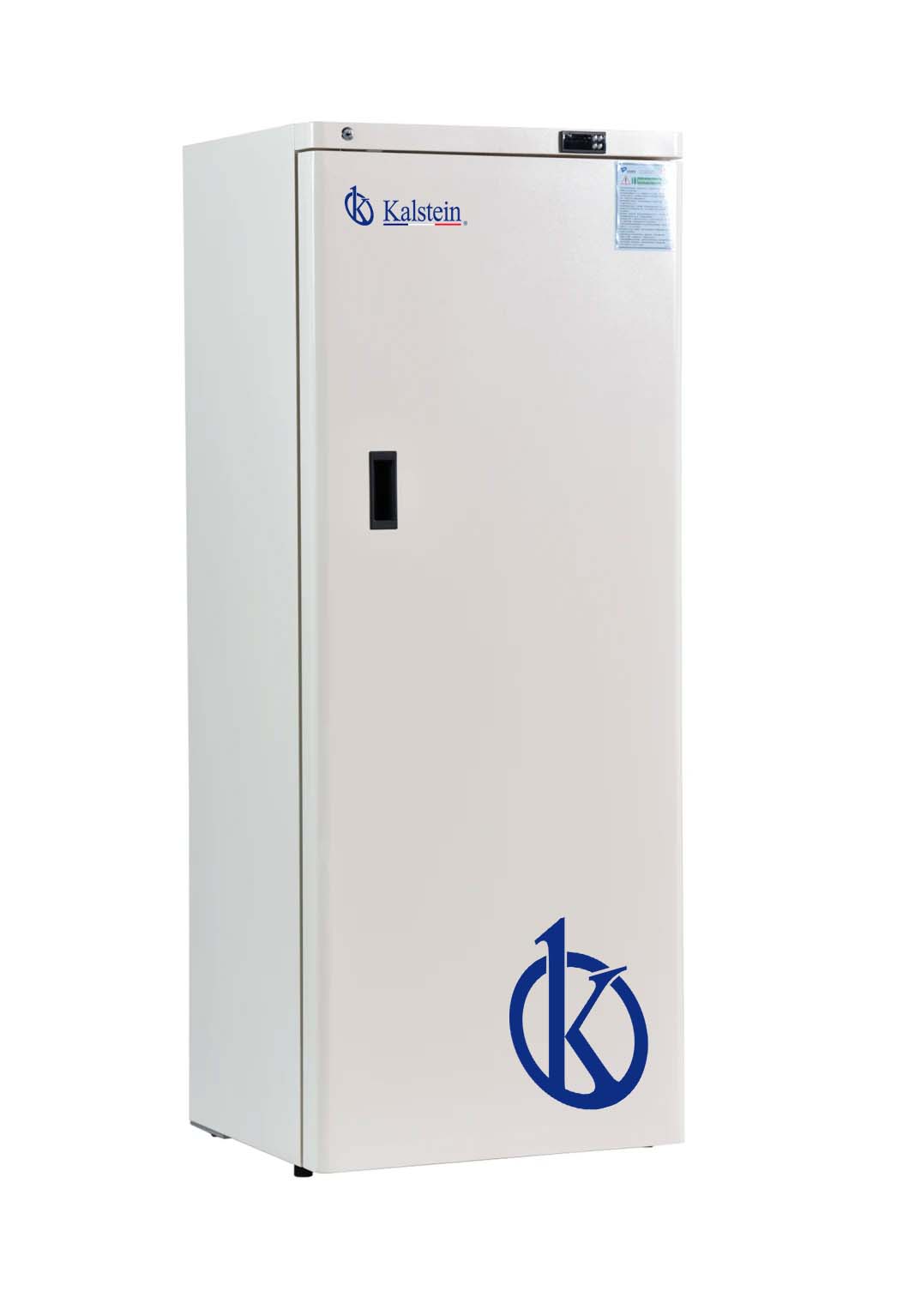Refrigerators, freezers and vaccine storage

Safe storage of vaccines is a crucial component of protecting patients against disease. Failure to store vaccines properly may result in loss of patient confidence in the vaccine program.
Refrigerators and Freezers: Types

Refrigerators and freezers are valuable laboratory equipment when it comes to preserving and protecting scientific or medical material. Having the right refrigerator or freezer is extremely important when thinking about sample storage. If the temperature fluctuates, the risk of damaging vaccines, for example, is very high.
Elisa washing machine to detect Human Lymphotropic Virus infection

The microplate washing machine is a machine designed to clean the plates used during the Elisa practice, by processes of infusion and suction of the substances or show that they are embedded in the polyethylene support. It has tanks that contain liquids, one of them is in a washing buffer and the other one collects the substances that are discarded.
What should you consider when using a scale?

The balance is used to measure the mass of a body or substance or also the weight thereof; since there is a well-defined relationship between mass and weight. In the laboratory, the balance is used for quality control activities, for preparing mixtures of components in predefined proportions and for determining specific densities or weights. Its origins lie more than 3500 years before Christ, in Egypt.
Do you know how an analytical scale works?

It must be taken into account that weight is the force that the gravitational field exerts on the mass of a body; such force being the product of mass by the local acceleration of gravity. The local term is included to emphasize that acceleration depends on factors such as geographical latitude, height above sea level and density of land, where the measurement is made. This force is measured at Newton. Did you know what? The scale has other names, including scales and weights.
How to correctly use an analytical balance?

Analytical balance is a measuring instrument that offers a high degree of accuracy, but requires operator experience and skill. For its operation, it must be positioned under a specific environment and have the environmental conditions controlled so that it does not suffer alteration in the absolute value of the weighing.
Care and proper use of the scales

In the laboratory, they are used to perform quality control, prepare mixtures of components in predefined proportions and to determine specific densities or weights. Therefore, it is necessary to have optimal conditions from the environmental and structural point of view, as well as to provide the correct maintenance of these equipment, in order to ensure a correct weighing.
Common errors when using an electronic balance

Electronic scales are high value measuring equipment for chemical, analytical and formulation operations in quality industries and laboratories. They are used, like scales in general, for measuring the mass of a body or substance, only that since this is a balance of precision, the measurement is accurate.
Why is it recommended to calibrate the analytical balances periodically?

Calibration is a quantitative comparison used to verify the measurement result of a balance by taking a reference standard weight. To determine whether the balance is calibrated, the difference between the reading of the measuring equipment and the true value of the weight, which corresponds to the weight used as a reference, is checked. It is from error and tolerances that you define if the calibration passes or has failed.
Importance of Microplate Washer for Chlamydia Diagnosis

The microplate washer is a laboratory tool designed to clean the plates that are used to carry out tests of Elisa, in which it is responsible for measuring the parameters depending on each wash and store permanently in the memory of the equipment so that they are selected through the digital keyboard that has integrated the equipment. Thus, the microplate washer performs the cleaning of 96 wells and provides facilities for the classification of measures in compliance with the particular requirements of each wash.
